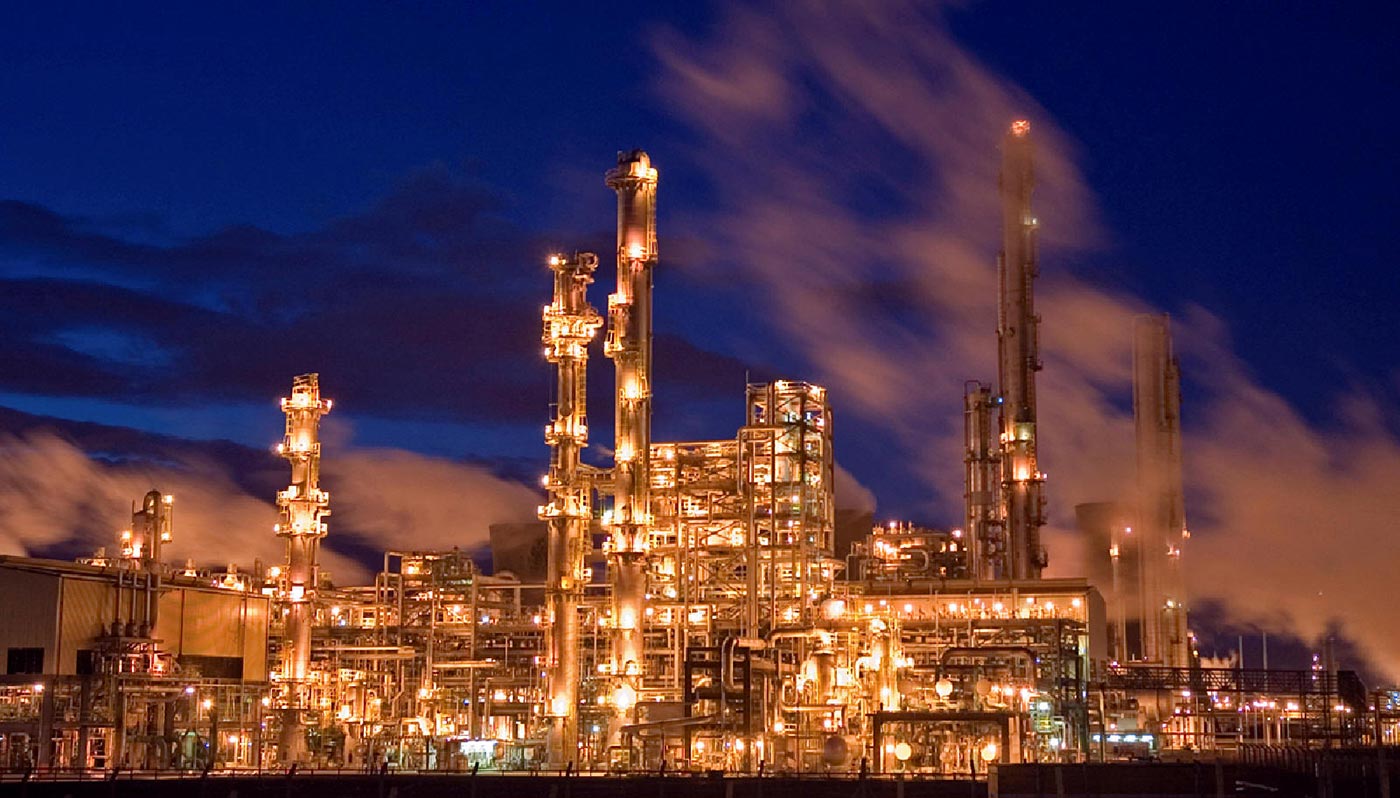
Basic of self-priming centrifugal pump
1. Pumped liquid must be able to entrain air in the form of bubbles so that air will be removed from the suction side of the pump.
2. Air must be allowed to be separated from the liquid after discharging the mixture by the impeller.
3. Separated air must be allowed to escape or to be swept out through the pump discharge.
Conclusion
A small air bleed line can be installed from the discharge pipe between the pump and the discharge check valve back to the suction source.

1. Air bleed Line.
2. Air bleed valve.
3. Foot valve
4. Check valve
5. Discharge isolation valve
There are two basic variations in self-priming pump systems
- Recirculation from the reservoir back to the suction.
- Recirculation within the discharge and the impeller itself.
Recirculation to the suction
A re-circulating port is provided in the discharge reservoir. Before the first time the pump is started, the reservoir is filled with liquid. As the pump is started, the impeller handles the liquid which comes to it through the re-circulating port plus a certain amount of air from the suction line .This mixture of air and liquid is discharged to the reservoir, where the two elements are separated.
Recirculation at the discharge
This form of priming is distinguished from the preceding method by the fact that the priming liquid is not returned to the suction of the pump but mixes with the air either in the impeller or at its periphery. The principal advantage of this method that it eliminates the complexity of internal valve mechanisms.




